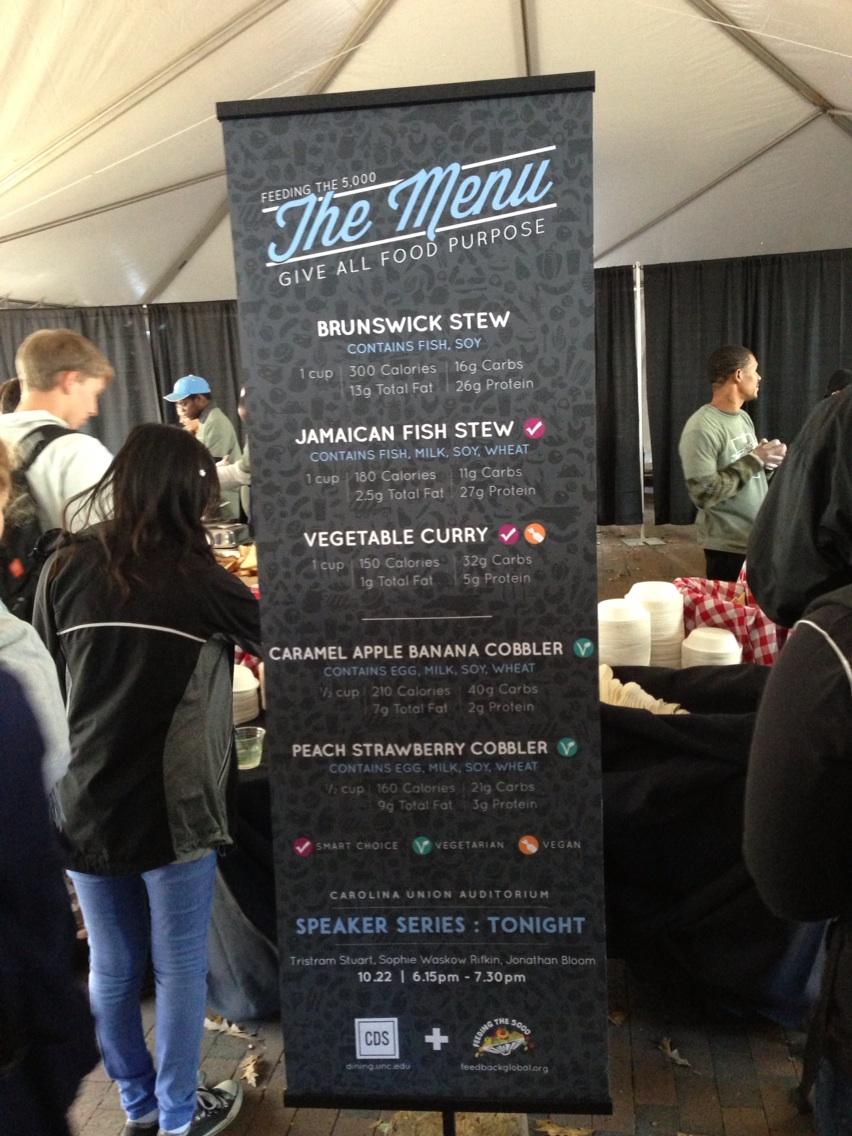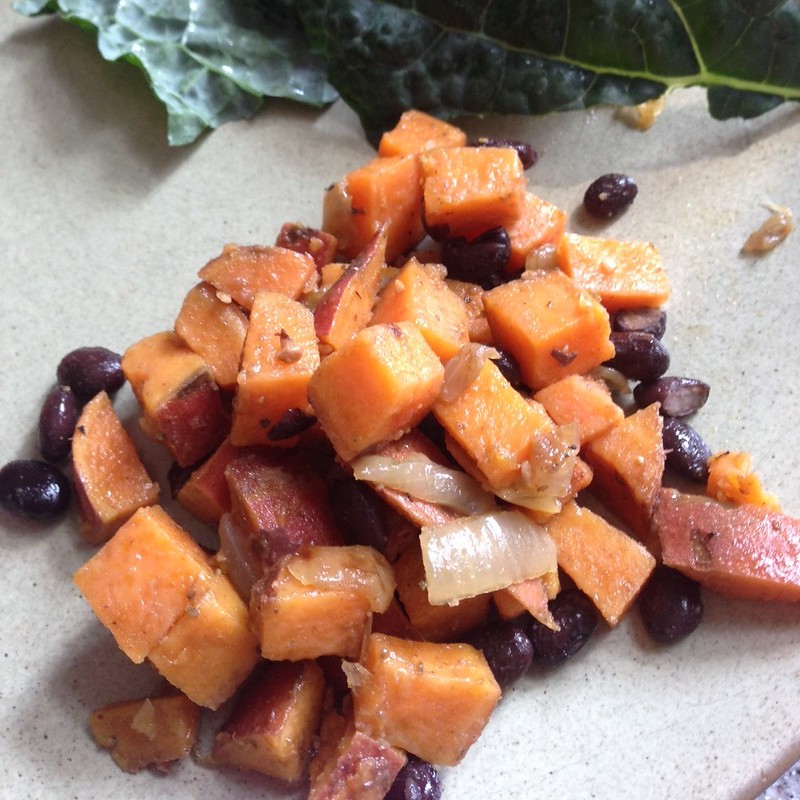I’ve often posted pictures of fruits and vegetables shaped like letters on this blog. You know, alphabet produce.
Until now, I’ve just shared the oddities that I’ve found at farmers’ markets and in my home garden, but I haven’t sought contributions from the outside world. That’s about to change.

Ssssssend me a letter like this!
As of this very moment, I’m trying to create a full produce alphabet. And here’s where you come in: Please send me your pics of fruit and vegetables that look like letters! Anything from A-Z!
Tweet them to @WastedFood or submit them to the Wasted Food Facebook page and please use the hashtag #AlphabetProduce.
I’m working on this project with Portland State University PhD student Renee Curtis (@PDXFoodRecovery) and Jordan Figueiredo of @UglyFruitAndVeg. We plan to curate the images into a full alphabet poster. Ideally, we’ll make this poster available as a download and also get it into as many schools as possible.
But to do that, we need your pictures! So give it a try, Twitterverse. Let the letters fly, Facebook. And remember, without your help, there will be no Produce Alphabet!



 The Oakland event, organized largely by
The Oakland event, organized largely by  In all, 7,500 people ate lunch and hopefully saw the signs communicating that the Jamaican Fish Stew came from bycatch, the vegetable curry featured gleaned veggies and the Brunswick Stew included hog jowls that might not have been used. An awareness event was held later that night at UNC with full presentations on the day’s details and the bigger picture.
In all, 7,500 people ate lunch and hopefully saw the signs communicating that the Jamaican Fish Stew came from bycatch, the vegetable curry featured gleaned veggies and the Brunswick Stew included hog jowls that might not have been used. An awareness event was held later that night at UNC with full presentations on the day’s details and the bigger picture.

 If all goes well, there are plans to apply this food waste landfill ban to residential and other commercial generators, as Vermont has pledged to do by 2020.
If all goes well, there are plans to apply this food waste landfill ban to residential and other commercial generators, as Vermont has pledged to do by 2020.